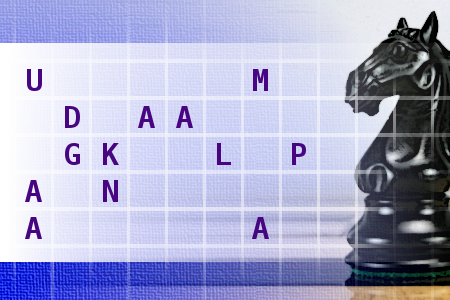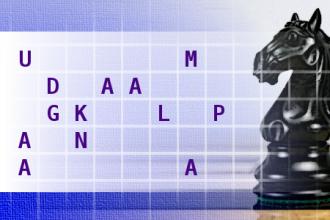Chess Knight Move
Find the country and its capital city, using the move of a chess knight. First letter is U. Length of words in solution: 6,7.Correct answers: 35
The first user who solved this task is Manguexa Wagle.
#brainteasers #wordpuzzles #chessknightmove


